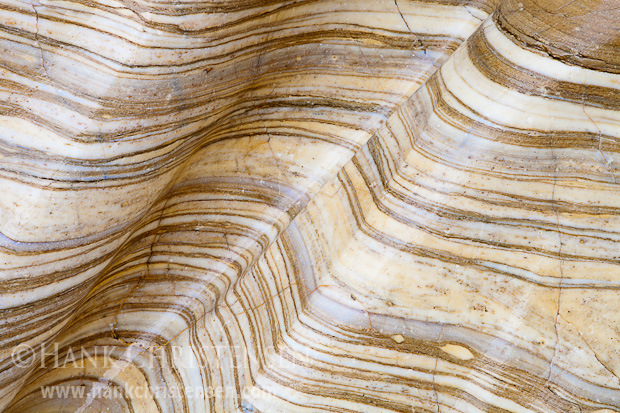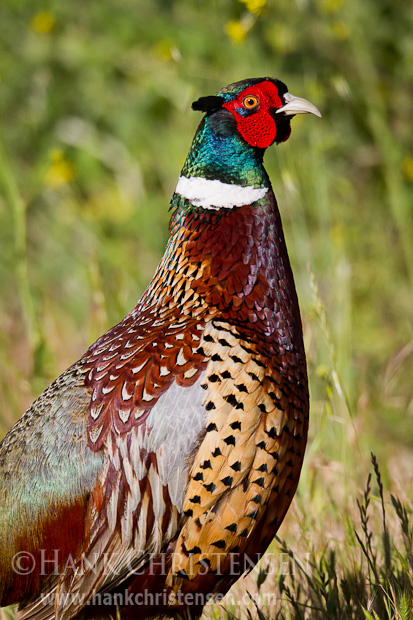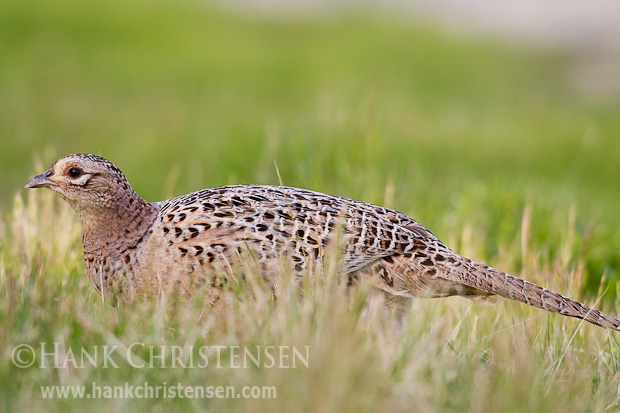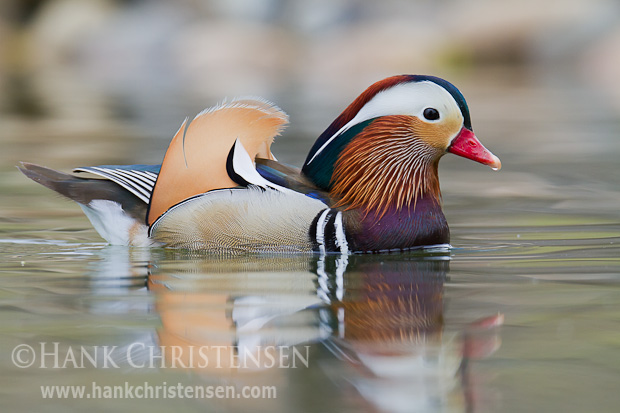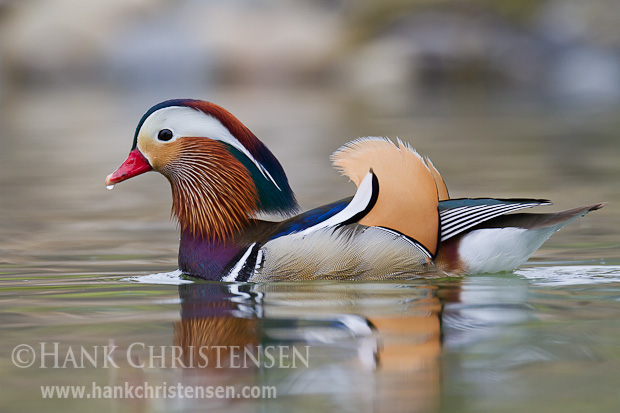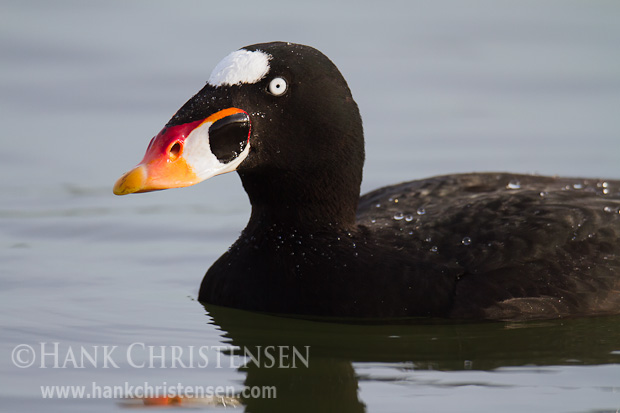
As the new year approaches, I’ve been keeping an eye on the hordes of wintering birds making their way south for the season. A regular winter visitor to the bay area is the surf scoter. While likely dismissed by non-birders and non-photographers as just a dark duck on the water, this is one of my favorite winter waterfowl. The most striking aspect of the male surf scoter is its large, beautifully colored bill.
Difficult to photograph due to the dark feathers, you have to wait for the best, direct light in order to maintain detail. I only have very few photos of this bird that I am happy with, which is disproportionate to the numbers in which they can be regularly found along the bay shore. These birds are divers, and diving ducks always present their own set of challenges photographically.
The most common scenario has me putting one in my sights, waiting for it to get just a little closer and give me the perfect head angle. Just as I’m ready to press the shutter release, it slips beneath the surface for 30 seconds and pops up hundreds of yards away. However, I can also be rewarded when one pops up close to me. In that case I not only get a front row seat to view an interesting bird, but I also get to inspect what morsel it has dredged up from the deep. It is always fascinating to see these guys swallow clams whole (shell and all).
After spending the winter here is won’t be long before they’re pairing up and heading back north in the spring.


